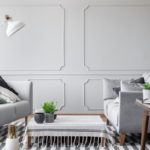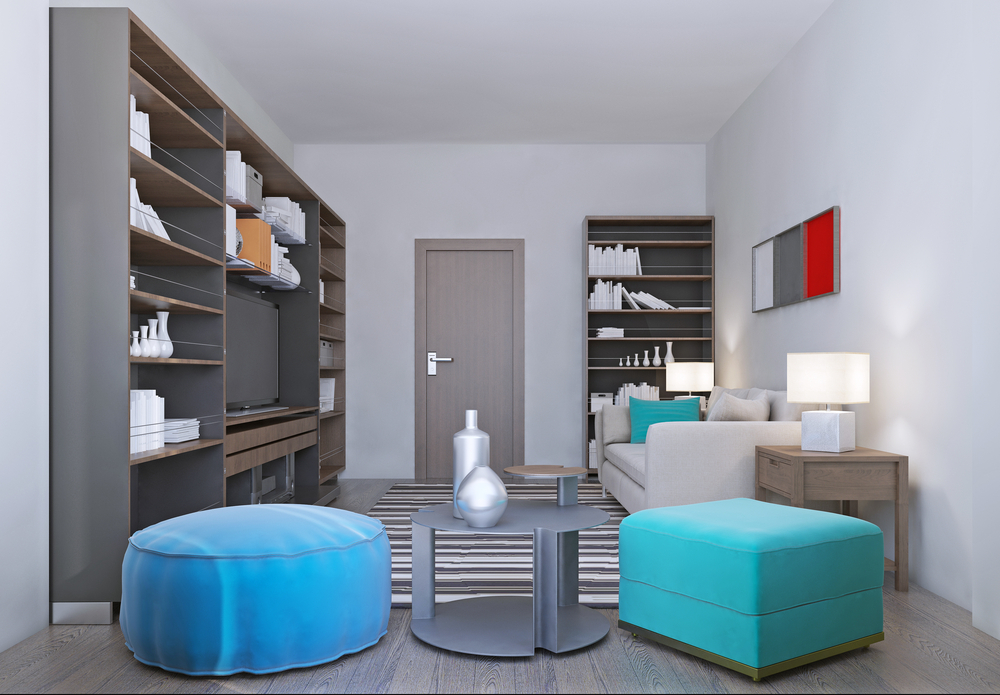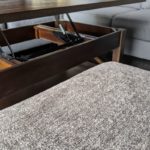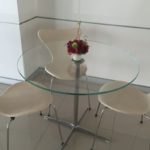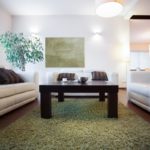If you’re looking to redecorate a living room, there are a lot of things you can use to create a new look. Many people focus on new sofas and chairs, as well as the placement of TVs and what color wallpaper or paint to go for.
A great and often overlooked way to add style and utility to your living room is to use a table!

Using a table to decorate your living room and add some style is great as tables come in so many different styles and designs, which means there’s almost no limit to what you can use and where it can be placed, meaning there is a table out there to suit every living room, from color schemes to heights and materials.
However while this variety is great for giving you maximum flexibility and choice, there are drawbacks to this too, the main one being that so much choice can make it hard for people to know what to choose, or even how many different designs and styles of tables that can be used in a living room.
In this guide we’re going to run through some of the most common and well-regarded table archetypes, highlighting what they’re called as well as the defining characteristics of each type to give you a better idea of what each table should look like and be used for so you get maximum use out of it.
But first let’s take a look at the benefits of using a living room table so that you’re aware of just how much they can add to your space, regardless of which design you actually decide to use.
Benefits of a Living Room Table
There are several benefits to having a table, or even a few tables in your living room.
The first and most important benefit is that they allow you a great place to set down drinks, snacks or keep your TV remote and magazines organized or displayed neatly.
If you’ve ever sat down on a sofa with a hot drink or glass of wine only to realize there’s nowhere to place down your drink without standing back up, you’ll know just how much of a difference a well-placed table can make to your comfort and relaxation.
Additionally, tables are a great statement piece and can fill all sorts of spaces and areas of a room depending on their design, allowing you to really create a space that reflects your particular needs or preferences, from something cozy and maximalist to something more modern and minimalist.
Types of Table
In this section, we’re going to look at the various types of tables that can be used in a living room, as well as what they are called so you can look at various different subtypes and styles of these tables to suit your particular needs and taste.
Coffee Tables
Coffee tables are one of the most common and popular types of tables used in living rooms all over the world due to their convenience and style.
Quite often these tables are a centrally located hub that can be used to fill awkward spaces in the center of a room and are often low down so that they can be easily reached from a sofa without needing to stand up or move around too much.
They are also often placed in front of or next to sofas and chairs due to this. They come in a range of sizes and designs to suit almost any aesthetic theme and are also used to display purposes as well as holding plates, cups, and television remotes. These tables can be a great place to set out snacks or some light reading that guests can peruse at their leisure.
End Tables
End tables are another very popular table choice, that is often placed beside chairs and sofas allowing another convenient place to set down drinks or food without needing to move around or get off the sofa itself.
End tables are often a little higher up to be more easily reached while sitting back on the sofa where the sofa arms can be high and awkward to reach over.
Again they come in a wide variety of shapes, designs, and materials, however, the most important thing to remember is to take account of your sofa’s height and its arm height when buying these tables, as this will have an impact on what height of end table you use.
It’s also important to think about where you will place these tables, as they need to be ideally situated next to chairs, so ensure there is space for this.
Ottoman Tables
Ottomans are interesting because they are a sort of compromise between a chair and a table, and can be used for resting your legs or feet on, as well as other things like plates, pillows to books.
Ottomans also make great display items and space fillers in certain areas, and they come in various styles to suit all kinds of different spaces and themes. The most common type is generally a rectangular or square shape, but there are other shapes too, and various materials too.
Nesting Tables
These are another very interesting type of table that is a popular choice for saving space and allowing you to get maximum utility out of your table.
Nesting tables are a series of smaller and smaller tables that all tuck in underneath each other, so you can easily have one table, or a series of tables set out to give you more space whenever you need it if you’re hosting guests for example.
Nesting tables are mostly square in shape but do come in several different materials, sizes, and styles to allow some flexibility while retaining the usefulness of the core design that makes these tables so popular.
Console Tables
Finally, we have console tables, which are traditionally fixed directly to a wall but have been freestanding in some designs. These tables are used in all sorts of spaces where space is limited or where a wall needs a little extra decoration or protection.
Console tables can be used to store all sorts of things from drinks and food to magazines, books, and even entertainment systems.
They are flexible and look great, coming in several different sizes designs and using all kinds of different materials for maximum flexibility whatever your preferences are.
Final Thoughts
Overall there are many different types of living room tables, and while it can be confusing to work out which one is right for you and your space, taking to time and research to find one that’s just right will pay off massively in the long run, allowing you to get the most out of your new furniture and making the most out of both the appearance and utility of your living room, allowing for great relaxation and quality of life while also being practical and helping complete the aesthetic of a space.
Just remember to always measure out your spaces and dimensions properly before choosing any piece of furniture and plan out your purchase carefully to ensure it fits well with your existing furniture and aesthetic, as building furniture can be tiresome, and having to deconstruct something to return it can be totally soul-destroying, trust us, we’ve been there many times before!

